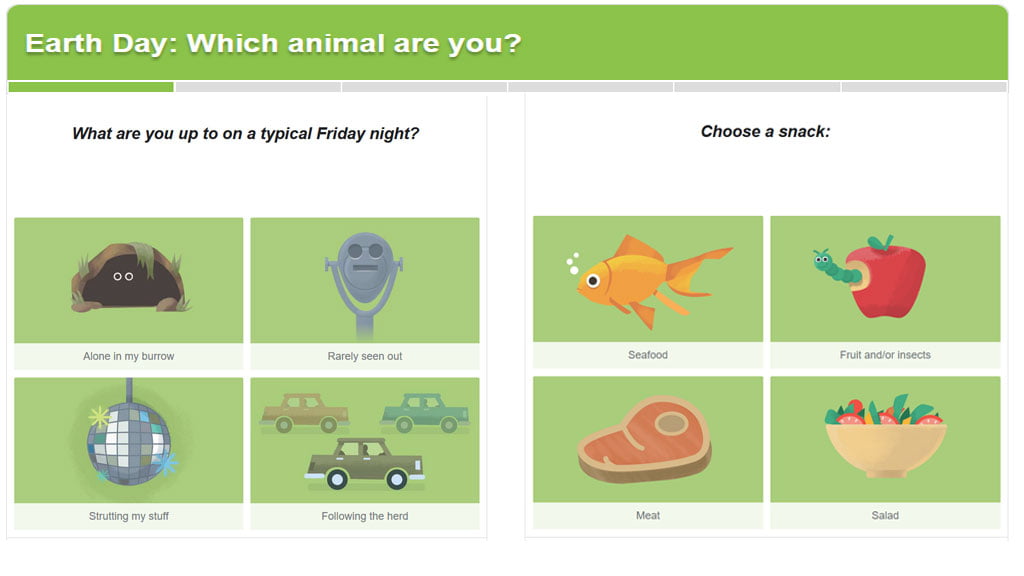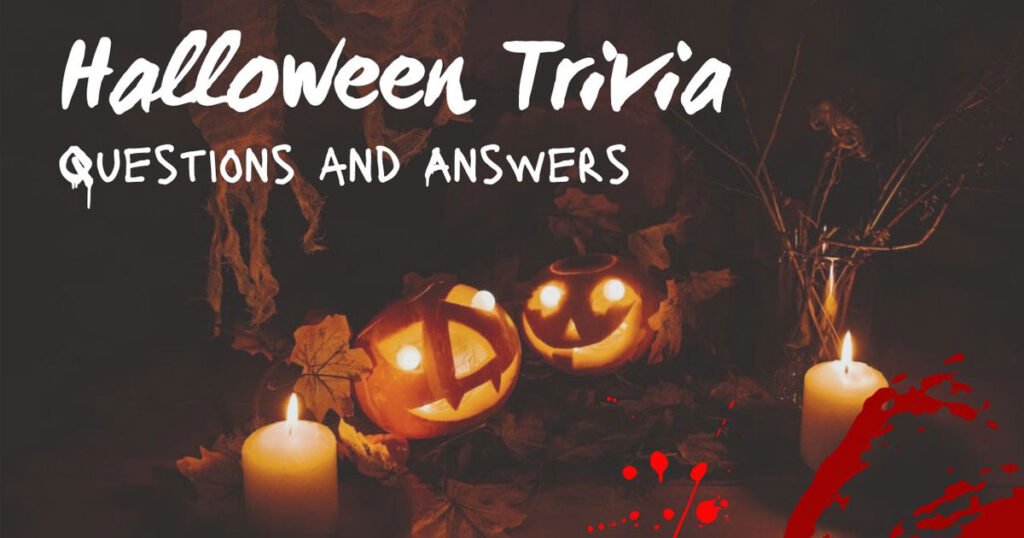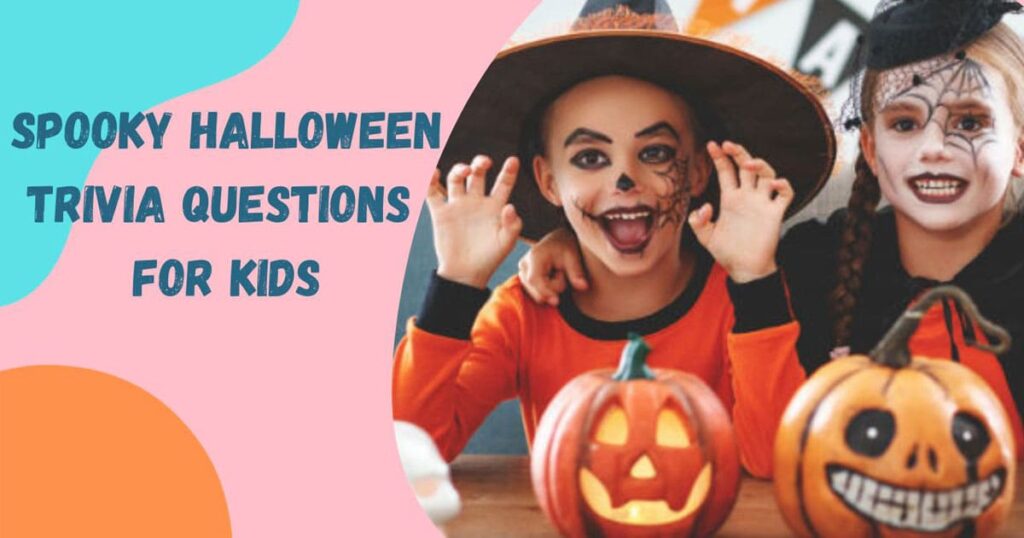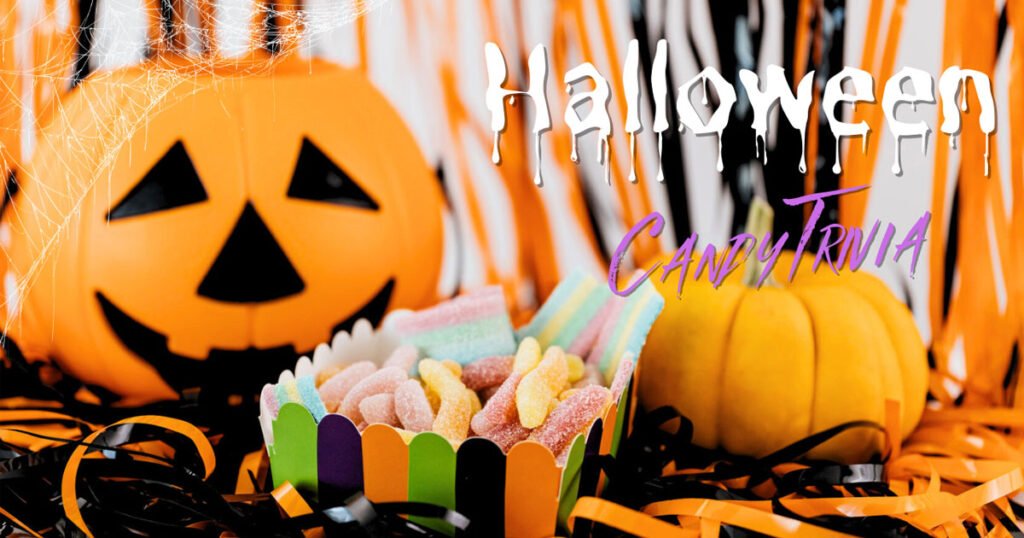Halloween comes from old Celtic festivals and grew into a fun American holiday full of costumes, candy, and spooky stories.
Halloween lights up the night every October 31st in the USA. Kids dress up, go trick-or-treating, and carve pumpkins. But did you know this holiday has a long, exciting history? It started way back in time with ancient people. Over the years, it mixed with other traditions and became what we love today. In this article, we’ll explore the trivia behind Halloween’s past. You’ll learn fun facts that might surprise you. So, grab some candy and let’s dive in!
The Ancient Roots of Halloween
Long ago, about 2,000 years back, the Celts lived in places like Ireland and the UK. They celebrated a festival called Samhain on October 31st. This marked the end of summer and the start of winter. People thought that on this night, ghosts came back to Earth. To scare them away, folks wore costumes made from animal skins. They also built big bonfires to keep spirits at bay.
The Celts believed winter brought death, so Samhain honored the dead. Families set extra places at dinner for spirits. Druids, who were like priests, led rituals. They predicted the future during this time. As Christianity spread, the church changed some pagan holidays. In the 8th century, Pope Gregory III made November 1st All Saints’ Day. The night before became All Hallows’ Eve, which turned into Halloween.
But wait, there’s more trivia! The Celts used turnips, not pumpkins, for lanterns. They carved scary faces into them to ward off evil. When Irish people came to America, they switched to pumpkins because they grew better here. This shows how traditions travel and change.
To make this clearer, here’s a simple table of key ancient Halloween facts:
🎃 Halloween History Trivia Questions and Answers
Halloween has a long and fascinating history, filled with ancient customs, mystical beliefs, and cultural traditions that have evolved over thousands of years. These trivia questions will take you on a spooky journey through time — from Celtic roots to modern-day celebrations!
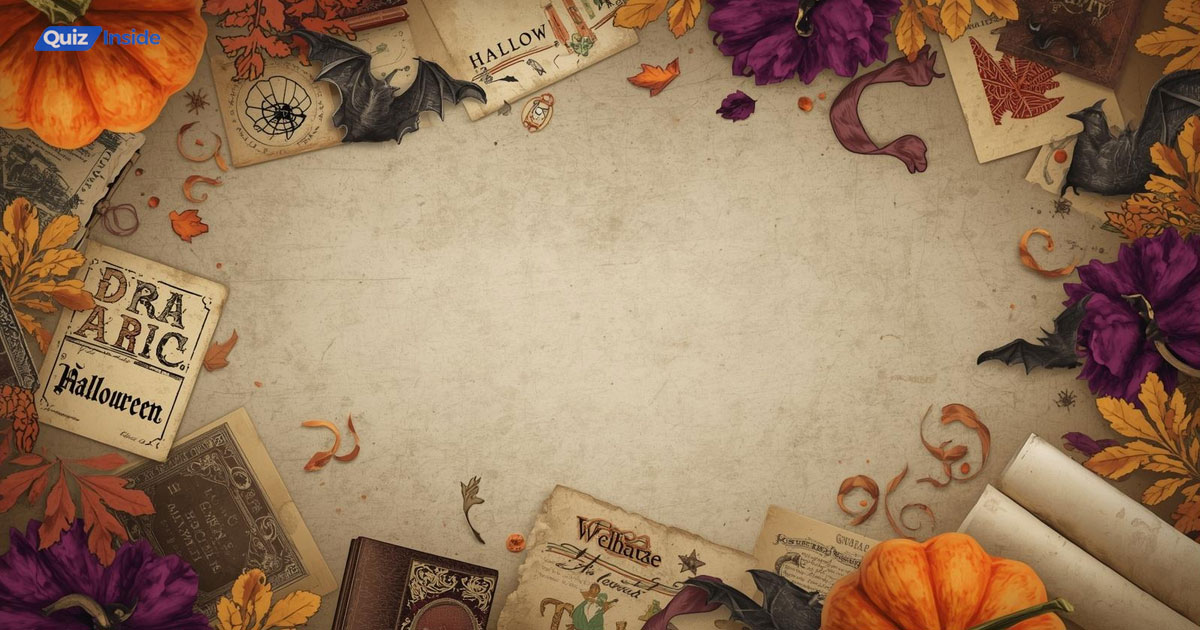
🕯️ Ancient Origins of Halloween
Description:
This category explores the ancient roots of Halloween, especially the Celtic festival of Samhain, which marked the end of the harvest season and the beginning of winter.
Q: What ancient Celtic festival is considered the origin of Halloween?
A: Samhain.
Q: Which country is credited as the birthplace of Halloween?
A: Ireland.
Q: What did the Celts believe happened during Samhain?
A: The boundary between the living and the dead became blurred.
Q: Around what date was Samhain celebrated?
A: October 31.
Q: What was the purpose of lighting bonfires during Samhain?
A: To ward off evil spirits and honor the dead.
Q: What did the Celts wear on Samhain to hide from spirits?
A: Animal skins and masks.
Q: How long ago did the Celts celebrate Samhain?
A: Over 2,000 years ago.
Q: What did the Celts use to predict the future during Samhain?
A: Fortune-telling and divination rituals.
Q: Which natural event did Samhain mark for the Celts?
A: The end of the harvest and the beginning of winter.
Q: Why did Celts leave food outside their homes during Samhain?
A: To please wandering spirits.
👻 Halloween and Religion
Description:
As Christianity spread through Europe, Halloween’s pagan roots mixed with Christian traditions, giving rise to All Saints’ Day and All Souls’ Day.
Q: What Christian holiday is celebrated on November 1?
A: All Saints’ Day.
Q: What is another name for All Saints’ Day?
A: All Hallows’ Day.
Q: What is the night before All Saints’ Day called?
A: All Hallows’ Eve (Halloween).
Q: What was the purpose of All Souls’ Day on November 2?
A: To honor and pray for the souls of the dead.
Q: Who established All Saints’ Day to replace Samhain?
A: Pope Gregory III.
Q: What does the word “Hallow” mean?
A: Holy or sacred.
Q: What term eventually evolved into “Halloween”?
A: All Hallows’ Evening.
Q: In medieval times, what did poor people do on All Souls’ Day?
A: They begged for food in exchange for prayers for the dead.
Q: What were the small cakes given to the poor on All Souls’ Day called?
A: Soul cakes.
Q: What religion most influenced the transformation of Samhain into Halloween?
A: Christianity.
🕸️ Halloween Traditions Around the World
Description:
Different countries celebrate Halloween in unique ways. This category highlights how ancient and modern traditions vary globally.
Q: Which country celebrates the “Day of the Dead” on November 1 and 2?
A: Mexico.
Q: What is the Mexican name for the Day of the Dead?
A: Día de los Muertos.
Q: In which country do children light lanterns made from turnips on Halloween?
A: Ireland.
Q: Which country celebrates “Hop-tu-Naa,” a Halloween-like festival?
A: The Isle of Man.
Q: What do people in Austria leave out for visiting spirits on Halloween night?
A: Bread and water.
Q: In which country is Halloween known as “Samhain Night”?
A: Scotland.
Q: Which Asian country has a festival similar to Halloween called the “Ghost Festival”?
A: China.
Q: What do people in Germany hide on Halloween night?
A: Their knives, to keep spirits from harming them.
Q: Which country’s Halloween tradition involves apple-peeling fortune telling?
A: Ireland.
Q: What country introduced trick-or-treating to North America?
A: Scotland and Ireland.
🦇 Halloween Symbols and Their Meanings
Description:
Ever wondered why we see pumpkins, bats, and black cats everywhere during Halloween? This category uncovers the history behind these spooky symbols.
Q: What was originally used instead of pumpkins for jack-o’-lanterns?
A: Turnips.
Q: What do bats symbolize in Halloween lore?
A: Death and rebirth.
Q: Why are black cats associated with Halloween?
A: They were believed to be witches’ companions.
Q: What do skeletons symbolize on Halloween?
A: The connection between life and death.
Q: Why are owls considered spooky during Halloween?
A: They were thought to be messengers of death.
Q: What does a full moon on Halloween symbolize?
A: Magic, mystery, and transformation.
Q: What vegetable is most linked to Halloween celebrations today?
A: Pumpkin.
Q: Why is orange a Halloween color?
A: It represents harvest and autumn.
Q: Why is black a Halloween color?
A: It represents darkness and death.
Q: What Halloween symbol comes from a story about “Stingy Jack”?
A: The Jack-o’-lantern.
🧙 Witches and Magic
Description:
Witches and magic have long been a part of Halloween folklore. Let’s uncover their mysterious and historical origins.
Q: What does the word “witch” mean in Old English?
A: Wise woman.
Q: When did witch hunts become common in Europe?
A: During the 16th and 17th centuries.
Q: What was the name of the book that fueled witch hunts in Europe?
A: Malleus Maleficarum (“Hammer of Witches”).
Q: What country experienced the famous Salem Witch Trials?
A: The United States.
Q: In what year did the Salem Witch Trials take place?
A: 1692.
Q: What animal is often considered a witch’s familiar?
A: A black cat.
Q: Why did people fear witches on Halloween?
A: They believed witches performed dark magic on that night.
Q: What was a witch’s broomstick said to represent?
A: Travel between the human and spirit worlds.
Q: What does a cauldron symbolize in witchcraft?
A: Transformation and rebirth.
Q: What holiday do some modern witches still celebrate on October 31?
A: Samhain.
💀 Halloween in America
Description:
Halloween evolved greatly after arriving in North America. This section explores how it became the fun-filled holiday we know today.
Q: When did Halloween become popular in the United States?
A: In the late 1800s.
Q: Which immigrants brought Halloween traditions to America?
A: Irish and Scottish immigrants.
Q: When did trick-or-treating become common in the U.S.?
A: During the 1930s and 1940s.
Q: What was Halloween originally called in colonial America?
A: All Hallows’ Eve.
Q: What helped spread Halloween’s popularity in America?
A: Community parties and media promotion.
Q: What century did Halloween first appear in North America?
A: The 19th century.
Q: Which holiday is Halloween most associated with in the U.S.?
A: Thanksgiving (both fall celebrations).
Q: What American city hosts one of the biggest Halloween parades?
A: New York City.
Q: When did Halloween become a commercial holiday in America?
A: Around the 1950s.
Q: What major industry profits most from Halloween today?
A: Candy industry.
🧛 Legends and Myths
Description:
Halloween is full of chilling legends and ancient tales passed down through generations. Let’s explore the stories that still haunt us today.
Q: Who is “Stingy Jack” in Halloween folklore?
A: A trickster who inspired the Jack-o’-lantern story.
Q: What was Stingy Jack’s punishment?
A: Wandering the Earth with a glowing turnip.
Q: Which mythical creature is said to transform during a full moon?
A: A werewolf.
Q: What vampire legend is often linked to Halloween?
A: Count Dracula.
Q: What culture inspired the vampire myth?
A: Eastern European folklore.
Q: What creature sucks blood and is afraid of sunlight?
A: A vampire.
Q: Which ghost is known for haunting houses?
A: Poltergeist.
Q: What does the Headless Horseman carry instead of a head?
A: A pumpkin.
Q: In folklore, what does seeing your reflection at midnight on Halloween mean?
A: You’ll see your future spouse or death.
Q: What Halloween myth says black cats bring?
A: Bad luck.
Haunted Places and Spirits
Description:
From ancient cemeteries to ghostly castles, Halloween’s haunted locations have terrified people for centuries.
Q: What is the most haunted castle in Scotland?
A: Edinburgh Castle.
Q: Which American city is famous for ghost tours?
A: New Orleans.
Q: What’s the name of the haunted prison in Pennsylvania?
A: Eastern State Penitentiary.
Q: Where is the Tower of London located?
A: England.
Q: What type of building is often haunted?
A: Old houses and castles.
Q: What is a “poltergeist”?
A: A noisy, mischievous ghost.
Q: What’s the term for a ghost that repeats its actions endlessly?
A: Residual haunting.
Q: Which hotel inspired Stephen King’s “The Shining”?
A: The Stanley Hotel.
Q: Where do people believe spirits rest in peace?
A: Cemeteries.
Q: What night is said to be best for seeing ghosts?
A: Halloween night.
🕯️ Halloween Customs and Practices
Description:
These questions reveal how common Halloween customs like trick-or-treating and costume-wearing evolved through time.
Q: What is the main activity children do on Halloween night?
A: Trick-or-treating.
Q: What was the original purpose of wearing costumes on Halloween?
A: To scare away spirits.
Q: When did pumpkin carving become popular in the U.S.?
A: In the 1800s.
Q: What phrase do children say when collecting candy?
A: “Trick or treat!”
Q: Why were turnips replaced by pumpkins in America?
A: Pumpkins were easier to carve.
Q: What do people decorate their homes with during Halloween?
A: Cobwebs, pumpkins, and skeletons.
Q: What was “souling”?
A: Begging for soul cakes for prayers.
Q: What is the meaning of “trick” in trick-or-treat?
A: Playing a prank if no treat is given.
Q: Why are haunted houses popular on Halloween?
A: They represent fear and the supernatural.
Q: What do people say to ward off evil spirits?
A: “Bless you” or prayers.
🕯️ Modern Halloween Facts
Description:
Halloween today is one of the most celebrated holidays worldwide. Let’s see how it has transformed into the fun, festive occasion we know!
Q: What is the most popular Halloween candy in the U.S.?
A: Reese’s Peanut Butter Cups.
Q: What percentage of Americans celebrate Halloween?
A: Around 70%.
Q: How much do Americans spend on Halloween annually?
A: Over $10 billion.
Q: What is the top-selling Halloween costume category?
A: Witches.
Q: What is the second most popular Halloween decoration after pumpkins?
A: Skeletons.
Q: What day of the week does Halloween always fall on?
A: October 31 (regardless of the day).
Q: What’s the most common Halloween party activity?
A: Costume contests.
Q: What vegetable once represented the souls of the dead?
A: Turnip.
Q: What was the first city to hold an official Halloween parade?
A: Anoka, Minnesota.
Q: What is the main purpose of Halloween today?
A: Fun, community celebration, and creativity.
How Halloween Came to America
Immigrants brought Halloween to the USA in the 1800s. Irish folks fleeing a potato famine shared their customs. At first, Americans didn’t celebrate it much. But in the South, people told ghost stories and played pranks. Over time, it spread north.
By the 1900s, communities made it family-friendly. They focused on parties instead of mischief. Magazines showed ideas for costumes and decorations. Trick-or-treating started in the 1920s. Kids went door-to-door for treats to stop tricks like soaping windows.
Also, Halloween mixed with other cultures. Mexicans added Day of the Dead elements, like sugar skulls. This made the holiday richer. In the USA, it became a big deal after World War II. TV shows and movies boosted its popularity. Think of classics like “It’s the Great Pumpkin, Charlie Brown.”
Interestingly, some cities banned trick-or-treating in the past due to safety worries. But now, it’s safer with community events. This evolution keeps Halloween exciting for families across the country.
Here’s a table highlighting how Halloween changed in America:
| Time Period | Key Changes |
|---|---|
| 1800s | Irish immigrants introduce customs like jack-o’-lanterns. |
| Early 1900s | Focus shifts to parties and community fun. |
| 1920s-1930s | Trick-or-treating begins as a way to curb pranks. |
| Post-WWII | Becomes a national holiday with candy and costumes booming. |
These shifts show how people adapted the holiday to fit American life.
Fun Traditions and Symbols
Halloween wouldn’t be the same without its symbols. Pumpkins top the list. Americans carve over 1 billion pounds of them each year! The jack-o’-lantern story comes from an Irish tale about Stingy Jack. He tricked the devil and wandered with a lantern forever.
Costumes let us be anyone for a night. In the old days, they hid people from ghosts. Now, kids dress as superheroes or monsters. Adults join in too, with parades like in New York City.
Candy is huge. Companies make special treats just for Halloween. Did you know Reese’s Peanut Butter Cups are a top pick? Trick-or-treating collects tons of sweets.
Bobbing for apples is another old game from Roman times. They honored Pomona, the fruit goddess. Black cats and bats add spookiness. People once thought cats were witches’ helpers.
Moreover, haunted houses scare thrill-seekers. Some are based on real ghost stories. This mix of fun and fear keeps the holiday alive.
Check out this table of popular Halloween symbols and their trivia:
| Symbol | Trivia Fact |
|---|---|
| Pumpkin | Comes from Irish legend of Stingy Jack. |
| Black Cat | Seen as bad luck since medieval times. |
| Bat | Linked to night and vampires in folklore. |
| Candy Corn | Invented in the 1880s, shaped like corn kernels. |
These symbols add layers of trivia to our celebrations.
Halloween Around the World
While the USA loves Halloween, other countries have their twists. In Ireland, they still light bonfires. Mexico’s Day of the Dead honors ancestors with altars.
Canada does trick-or-treating like us. But in Japan, it’s more about costumes without the candy.
However, the core idea of remembering the dead ties them together. This global view adds depth to our American version.
Questions and Answers About Halloween History Trivia
Here are some common questions people might ask based on this article, with quick answers.
What is the origin of Halloween?
Halloween started with the Celtic festival of Samhain, where people honored the dead and scared away spirits.
Why do we carve pumpkins?
It comes from carving turnips in Ireland to ward off evil, but Americans use pumpkins instead.
When did Halloween come to America?
Irish immigrants brought it in the 1800s, and it grew popular in the 1900s.
What does trick-or-treating mean?
Kids go door-to-door for treats to avoid playing tricks, starting in the 1920s.
Are there any Halloween phobias?
Yes, Samhainophobia is the fear of Halloween.
How much do Americans spend on Halloween?
Over $10 billion each year on costumes, candy, and decorations.
What’s the story behind black cats?
In old times, people thought they were linked to witches and bad luck.
Why is there a full moon trivia?
Full moons on Halloween are rare, happening every 19 years or so.
Wrapping Up the Halloween Fun
Halloween’s history is full of twists and turns, from ancient fires to modern candy hauls. It reminds us how traditions evolve and bring people together. Whether you’re carving a pumpkin or sharing trivia, this holiday sparks joy. So next time you celebrate, think about its spooky past. Happy Halloween, everyone! Keep the spirit alive with these fun facts.
